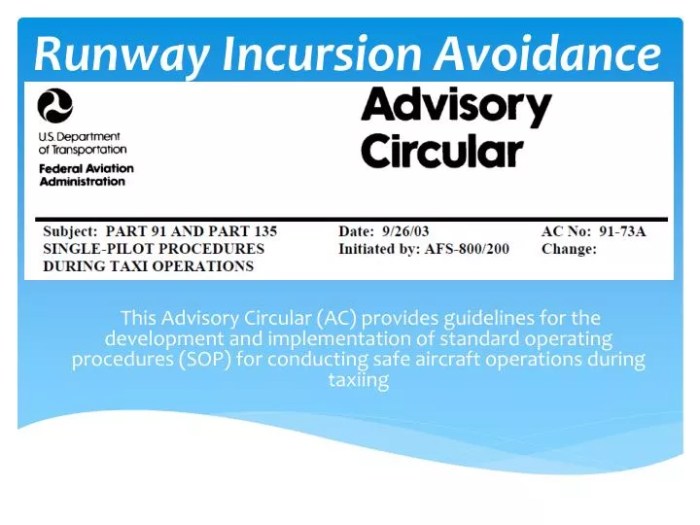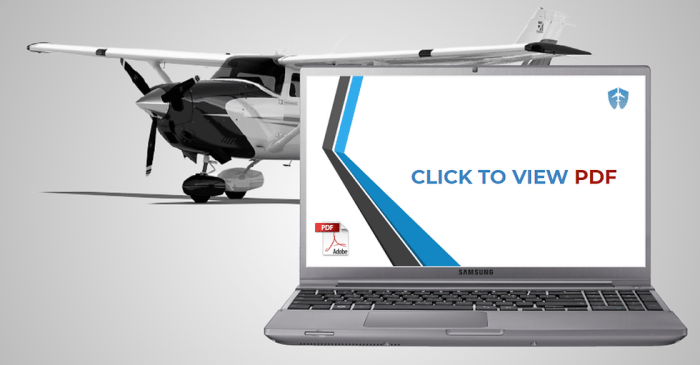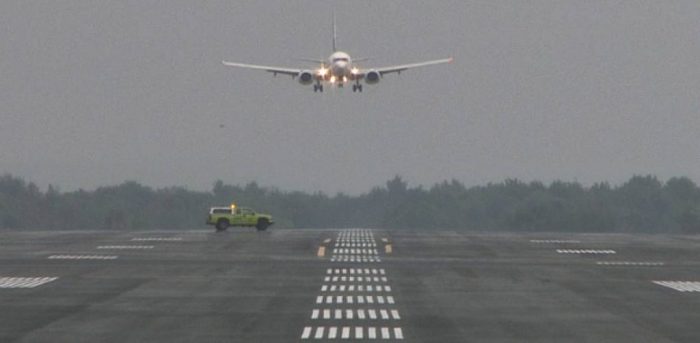The Runway Incursion Avoidance Lesson Plan is a comprehensive guide designed to equip pilots, air traffic controllers, and ground personnel with the knowledge and skills necessary to prevent runway incursions, a critical safety concern in the aviation industry.
This plan delves into the causes and consequences of runway incursions, providing real-life case studies to illustrate the potential risks. It explores various incursion avoidance techniques, emphasizing the roles and responsibilities of different stakeholders in maintaining runway safety.
1. Introduction to Runway Incursion Avoidance

Runway incursion, defined as any occurrence at an airport involving an aircraft, vehicle, person, or object on the ground that creates a risk of collision or other safety hazard, poses a significant threat to aviation safety. Preventing runway incursions is paramount, as they can lead to catastrophic consequences, including fatalities, injuries, and aircraft damage.
Statistics and case studies underscore the severity of runway incursions. For instance, the Federal Aviation Administration (FAA) reported 1,698 runway incursions in the United States between 2010 and 2021, with 11 resulting in fatalities. Notable runway incursion incidents include the 1977 Tenerife airport disaster, which claimed 583 lives, and the 2001 Linate Airport disaster, resulting in 118 fatalities.
2. Types of Runway Incursions

Runway incursions are categorized based on their severity and the potential for a collision. Common types include:
- Level 1 Incursion:An aircraft, vehicle, or person enters the runway without authorization, but no immediate risk of collision exists.
- Level 2 Incursion:An aircraft, vehicle, or person crosses the runway without authorization, creating a potential risk of collision.
- Level 3 Incursion:An aircraft, vehicle, or person enters the runway without authorization and a collision avoidance maneuver is required to prevent a collision.
The consequences of runway incursions can vary from minor delays to catastrophic accidents. Level 1 incursions typically result in operational disruptions, while Level 2 and 3 incursions can lead to serious injuries or fatalities.
3. Runway Incursion Avoidance Techniques: Runway Incursion Avoidance Lesson Plan

Preventing runway incursions requires a multi-faceted approach involving pilots, air traffic controllers, and ground personnel. Key techniques include:
- Proper Communication:Clear and concise communication between pilots, controllers, and ground personnel is essential to ensure situational awareness and avoid misunderstandings.
- Situational Awareness:Pilots and controllers must maintain constant vigilance, using visual scanning, electronic aids, and other tools to monitor the runway environment.
- Proper Lighting and Signage:Adequate lighting and clear signage help pilots and ground personnel identify and navigate the runway safely.
- Ground Control Procedures:Established procedures for ground vehicles and personnel help minimize the risk of incursions.
- Training and Education:Comprehensive training and education programs for pilots, controllers, and ground personnel are crucial for promoting runway safety.
FAQ Corner
What are the most common causes of runway incursions?
Lack of situational awareness, communication errors, and inadequate training are among the most common causes of runway incursions.
What are the key elements of a runway incursion avoidance plan?
A comprehensive runway incursion avoidance plan includes training, education, risk assessment, hazard mitigation, and incident reporting and investigation.
How can technology contribute to runway incursion prevention?
Runway incursion prevention systems, such as ASDE-X and A-SMGCS, provide real-time surveillance and alerts to enhance situational awareness and reduce the risk of incursions.